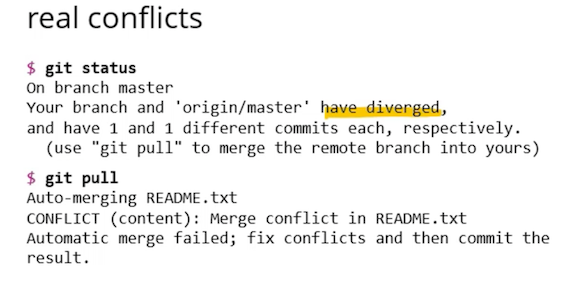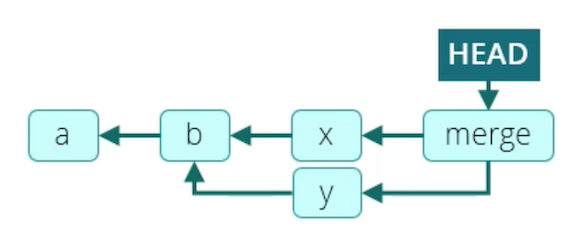Mastering Merge Conflicts on GitHub: A Comprehensive Guide
Written on
Understanding Merge Conflicts on GitHub
Merge conflicts can be a significant challenge when collaborating on projects using GitHub. In this section, we'll explore the fundamentals of merge conflicts and how to navigate them effectively.

Photo by Charl Folscher on Unsplash
GitHub serves as an open-source distributed version control system, crucial for software development and code sharing. It offers a complete history of your projects, providing essential tools for source code management. However, to leverage GitHub effectively, it’s vital to establish structured guidelines, especially when collaborating in a team environment. This article outlines how to utilize the platform effectively in a team development context, assuming a basic understanding of GitHub.
Getting Started
At the beginning of a project, adhering to an agreed-upon GitHub protocol is crucial for a team. This approach allows team members to push updates to a shared repository, ensuring everyone can access and contribute to the project efficiently.
Once a repository is created, aim for small and frequent commits with descriptive names. Employing a branch-based workflow is key to minimizing merge conflicts. Create multiple branches, each with a distinct name and a specific set of code and documentation modifications. This strategy allows each team member to focus on individual features while diverging from the main development line.
Identifying Conflicts
Even with a branch-based strategy, conflicts can arise when multiple team members work on the same repository simultaneously. The use of ‘push’ and ‘fetch’ commands can help manage files and synchronize repositories without altering anyone’s working copy. In contrast, the ‘pull’ command can introduce remote changes to the working copy, leading to potential conflicts.
The diagram below illustrates the basic workflow of repositories and working copies.

Image by University of Bristol under a CC license
There are instances of ‘fake conflicts’, where two team members modify different files—such as readme.md and system implementation.md—resulting in contradictory information. In such cases, a ‘fast-forward’ can be executed, allowing Git to treat one edit as preceding the other, thereby simplifying the merging process. However, it’s essential to determine if the conflict is genuinely a fake conflict, where unrelated changes are made to different files.
Genuine Conflicts
Genuine conflicts can also occur, as depicted in the following illustration:

Image by University of Bristol under a CC license
To resolve these conflicts, all conflicting changes must be addressed manually before finalizing the commit, resulting in a merge commit—essentially a commit with multiple parents. This process is shown in the diagram below.

Image by University of Bristol under a CC license
In this scenario, a project with commits a and b experiences changes x and y from different contributors. A merge commit is then executed to reconcile the conflict, and the latest version of the repository, labeled ‘merge’, reflects both changes.
When collaborating on the same branch, the recommended GitHub workflow includes the following steps:
- Begin by performing a fetch, followed by a status check.
- If the status indicates you are ahead, it’s safe to push your changes; if you are behind, proceed to pull.
- In the event of a conflict, execute a pull. If a fast-forward occurs, you’re in the clear; if not, manually assess the issue, merge, and commit again.
By adhering to this workflow, you can minimize conflicts and effectively address them when they arise. Keeping this protocol in mind is essential for successful collaboration on GitHub during team projects.
Resolving GitHub Merge Conflicts
To gain further insights into managing merge conflicts, check out the following video:
The video titled "Resolve GitHub Merge Conflicts" provides practical solutions and tips for overcoming these challenges.
Advanced Strategies for Conflict Resolution
For a deeper understanding of conflict resolution in Git and GitHub, view this informative video:
This tutorial, "1.9: Resolving Merge Conflicts - Git and GitHub for Poets," covers advanced techniques and best practices.